Garden Cottage House Plans: A Comprehensive Guide to Design and Planning
Garden cottage house plans have become increasingly popular in recent years, and it’s easy to see why. These charming homes offer a unique blend of style, functionality, and sustainability that is hard to resist. Whether you’re a nature lover, an environmentally conscious homeowner, or simply someone who appreciates cozy living spaces, a garden cottage house plan could be the perfect choice for you. In this article, we’ll explore the design and planning aspects of garden cottage house plans, along with some expert tips and personal opinions to help you create your dream home.
From the exterior, garden cottage house plans often resemble traditional English country homes, with steeply pitched roofs, decorative trims, and charming chimneys. However, it’s the interior and exterior spaces that truly set these homes apart. With an emphasis on natural light, ventilation, and connection to the outdoors, garden cottage house plans are designed to bring the beauty of nature inside. In the following sections, we’ll delve into the design and planning elements of garden cottage house plans, including layout, materials, and landscaping, to help you create a home that is both functional and beautiful.
**1. Defining the Garden Cottage Style**
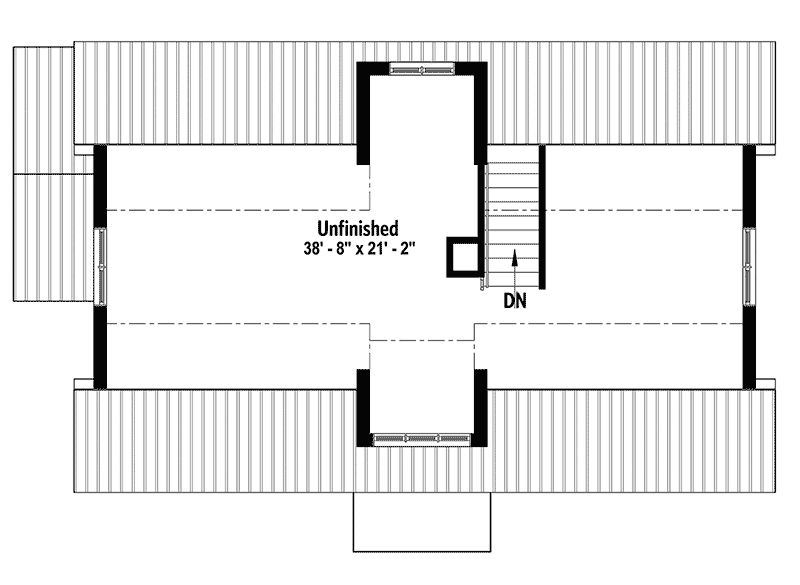
The garden cottage style is characterized by a warm, inviting, and eclectic aesthetic that reflects a connection to nature. The exterior is often adorned with decorative trims, shutters, and a wraparound porch that invites indoor-outdoor living. The interior features an open-plan living area, large windows, and a cozy fireplace that creates a sense of warmth and comfort. To achieve this style, consider incorporating natural materials such as wood, stone, and brick, along with earthy colors and textures.
When it comes to defining the garden cottage style, it’s essential to consider the balance between classic and modern elements. While traditional features like chimneys and steeply pitched roofs are characteristic of this style, modern touches like large windows and minimalist decor can enhance its functionality and appeal. As a personal opinion, I believe that the garden cottage style is all about embracing the imperfections and quirks of nature, so don’t be afraid to get creative and add your personal touch.
**2. Choosing the Perfect Floor Plan**
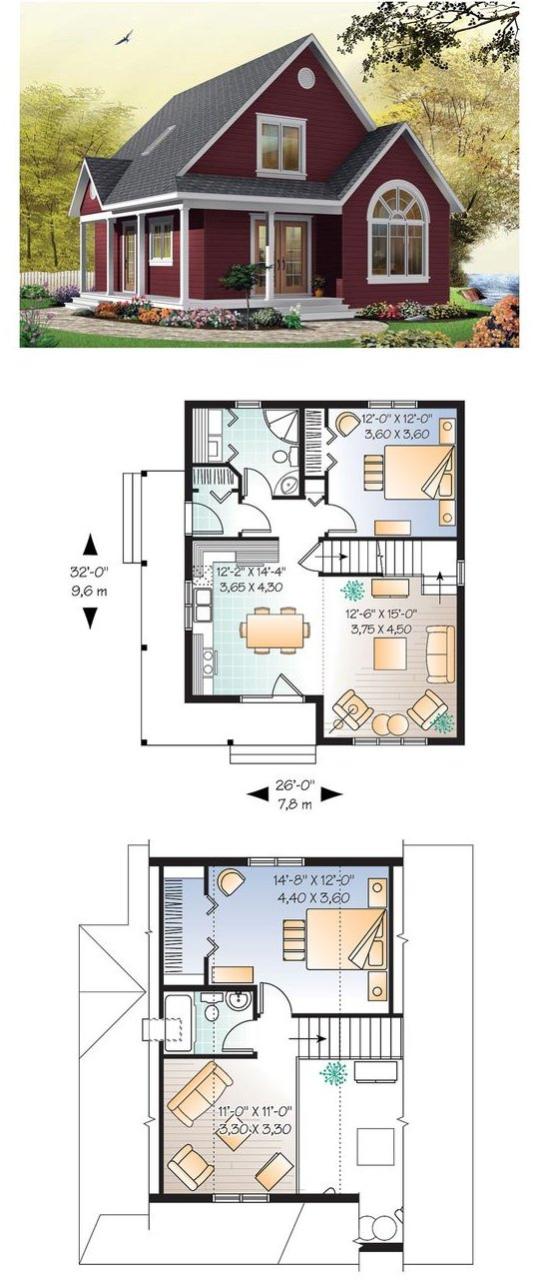
When it comes to garden cottage house plans, the floor plan is essential in defining the layout and functionality of the home. A typical garden cottage floor plan includes an open-plan living area, a cozy kitchen, and a private bedroom or two. Consider a floor plan that incorporates a wraparound porch, a sunroom, or a spacious deck to maximize indoor-outdoor living.
One of the key considerations when choosing a floor plan is to ensure that it aligns with your lifestyle and needs. For example, if you’re a family with young children, you may want to prioritize a floor plan with a dedicated play area or a spacious backyard for outdoor activities. On the other hand, if you’re a solo homeowner or a couple, a cozy floor plan with a focus on indoor-outdoor living may be more suitable. As a personal opinion, I believe that a well-designed floor plan is key to creating a functional and comfortable living space.
**3. Natural Materials and Sustainable Building Practices**
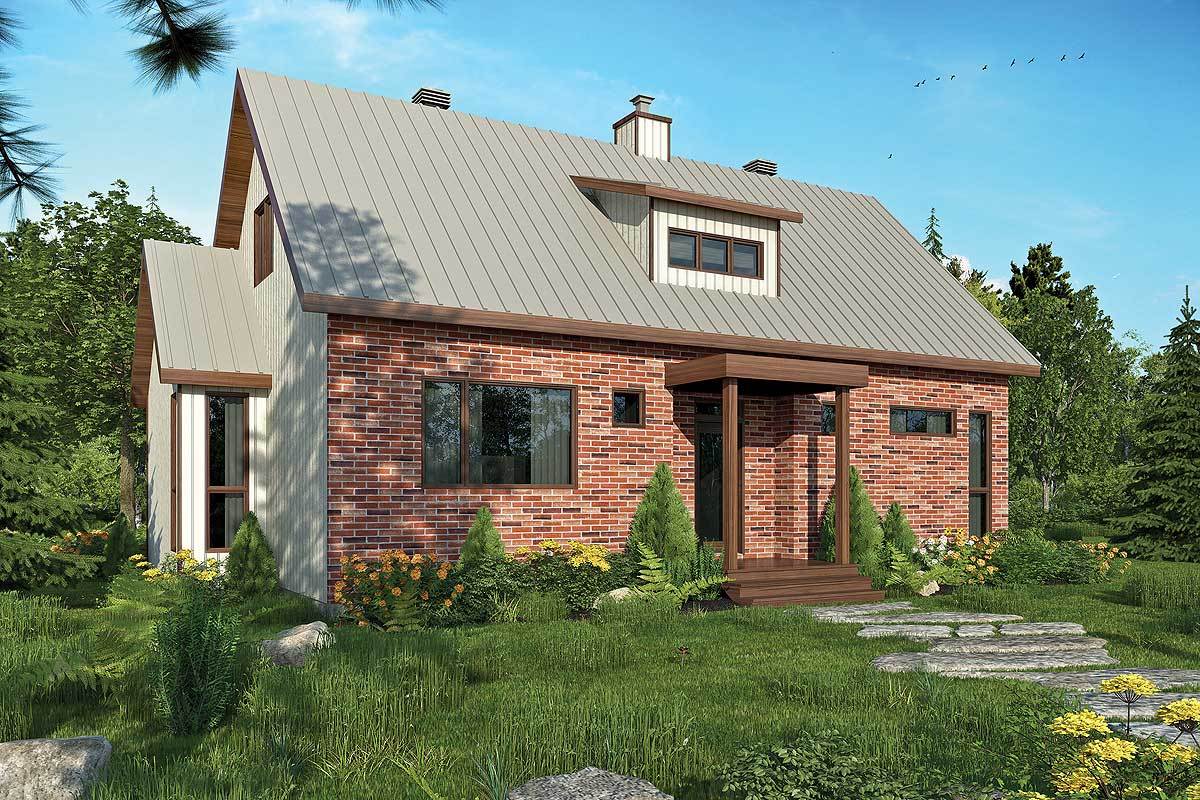
Garden cottage house plans often incorporate natural materials and sustainable building practices to minimize their environmental impact. Consider using locally sourced materials such as wood, stone, and brick, along with eco-friendly materials like bamboo, straw bales, or recycled glass. Sustainable building practices like passive solar design, rainwater harvesting, and greywater reuse can also enhance the home’s sustainability.
When it comes to natural materials and sustainable building practices, it’s essential to consider the long-term benefits and cost savings. While eco-friendly materials may be more expensive upfront, they can result in significant savings on energy bills and maintenance costs in the long run. As a personal opinion, I believe that sustainable building practices are not only environmentally friendly but also essential for creating a healthy and comfortable living space.
**4. Maximizing Indoor-Outdoor Living**
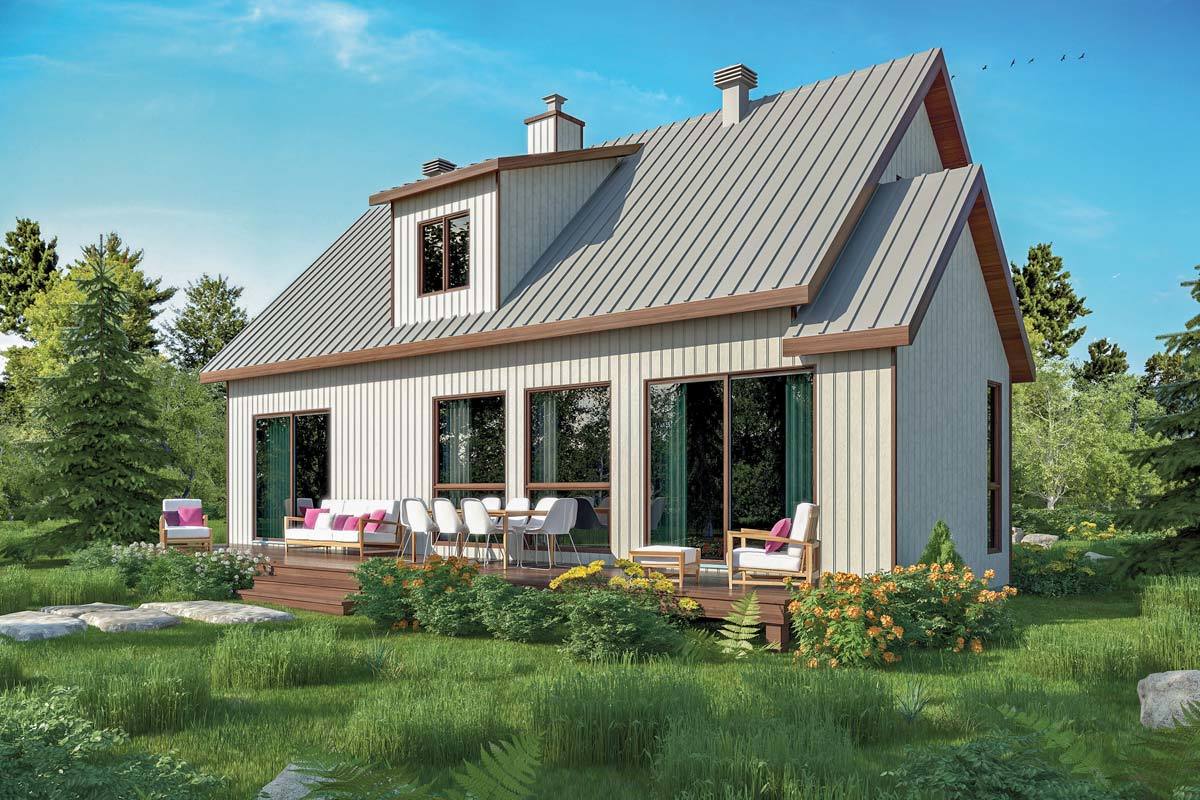
Indoor-outdoor living is a hallmark of garden cottage house plans, and it’s essential to maximize this feature to enhance the home’s functionality and appeal. Consider incorporating large windows, sliding glass doors, and a wraparound porch or deck to create a seamless transition between indoors and outdoors.
To maximize indoor-outdoor living, it’s also essential to prioritize outdoor spaces such as gardens, patios, and courtyards. Consider incorporating outdoor features like fire pits, outdoor kitchens, or water features to create inviting spaces that complement the home’s natural surroundings. As a personal opinion, I believe that indoor-outdoor living is essential for creating a sense of connection to nature and enhancing the overall living experience.
**5. Incorporating a Wraparound Porch**
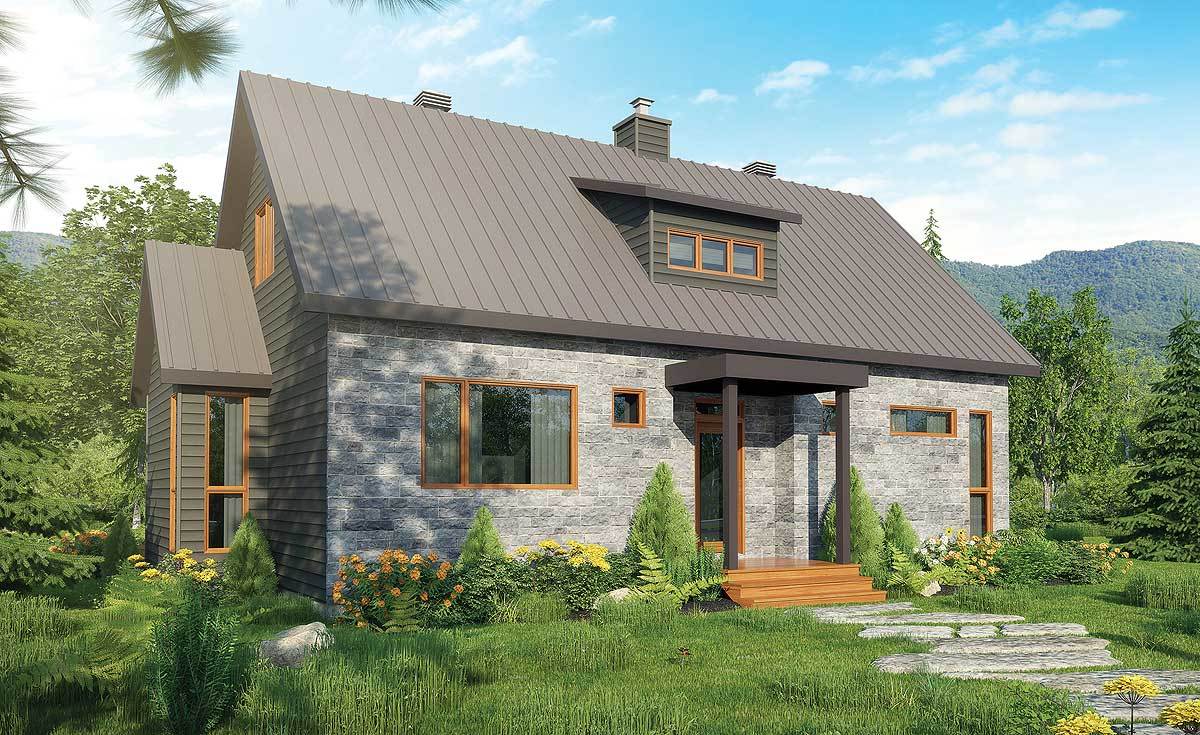
A wraparound porch is a classic feature of garden cottage house plans that creates a seamless transition between indoors and outdoors. This feature not only provides additional living space but also enhances the home’s curb appeal and charm. Consider incorporating a wraparound porch with a pergola or a gazebo to create a cozy and inviting outdoor space.
When incorporating a wraparound porch, it’s essential to consider the style and materials used. Consider using natural materials like wood or stone, along with a decorative trim and brackets to add visual interest. As a personal opinion, I believe that a wraparound porch is an essential feature of garden cottage house plans that can enhance the home’s functionality and charm.
**6. Creating a Functional Kitchen**
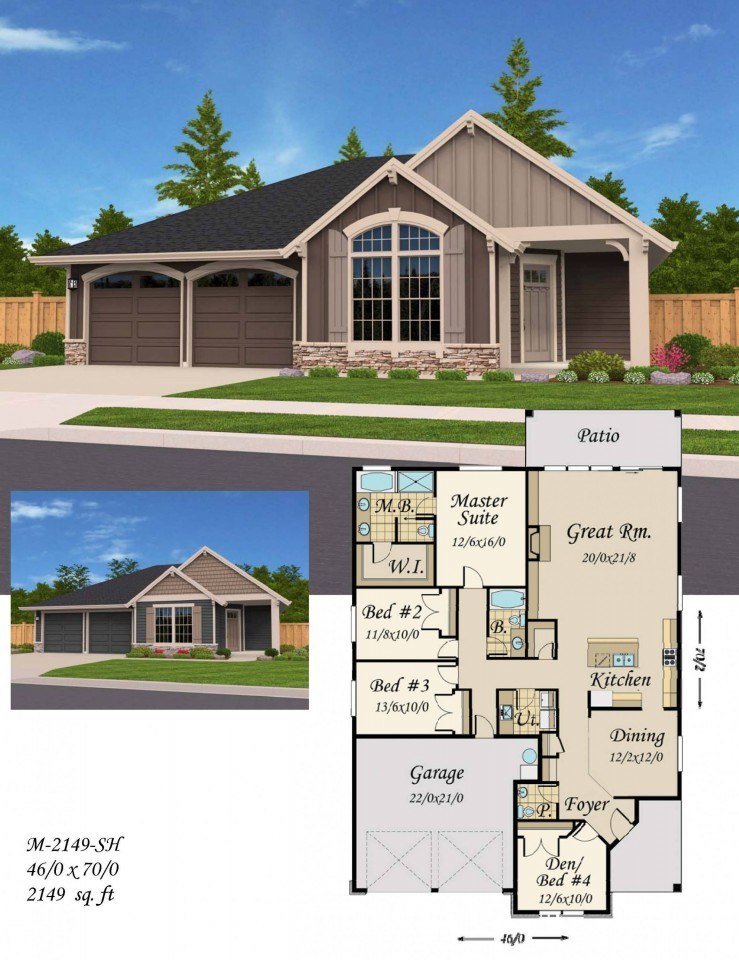
The kitchen is often the heart of the home, and in a garden cottage house plan, it’s essential to create a functional and inviting kitchen that complements the home’s natural surroundings. Consider incorporating a farmhouse sink, a island with a butcher block top, and a backsplash made from natural materials like stone or brick.
To create a functional kitchen, it’s also essential to consider the workflow and layout. Consider incorporating a U-shaped kitchen layout, a walk-in pantry, and a breakfast nook to enhance the kitchen’s functionality and appeal. As a personal opinion, I believe that a well-designed kitchen is key to creating a functional and comfortable living space.
**7. Adding a Cozy Fireplace**
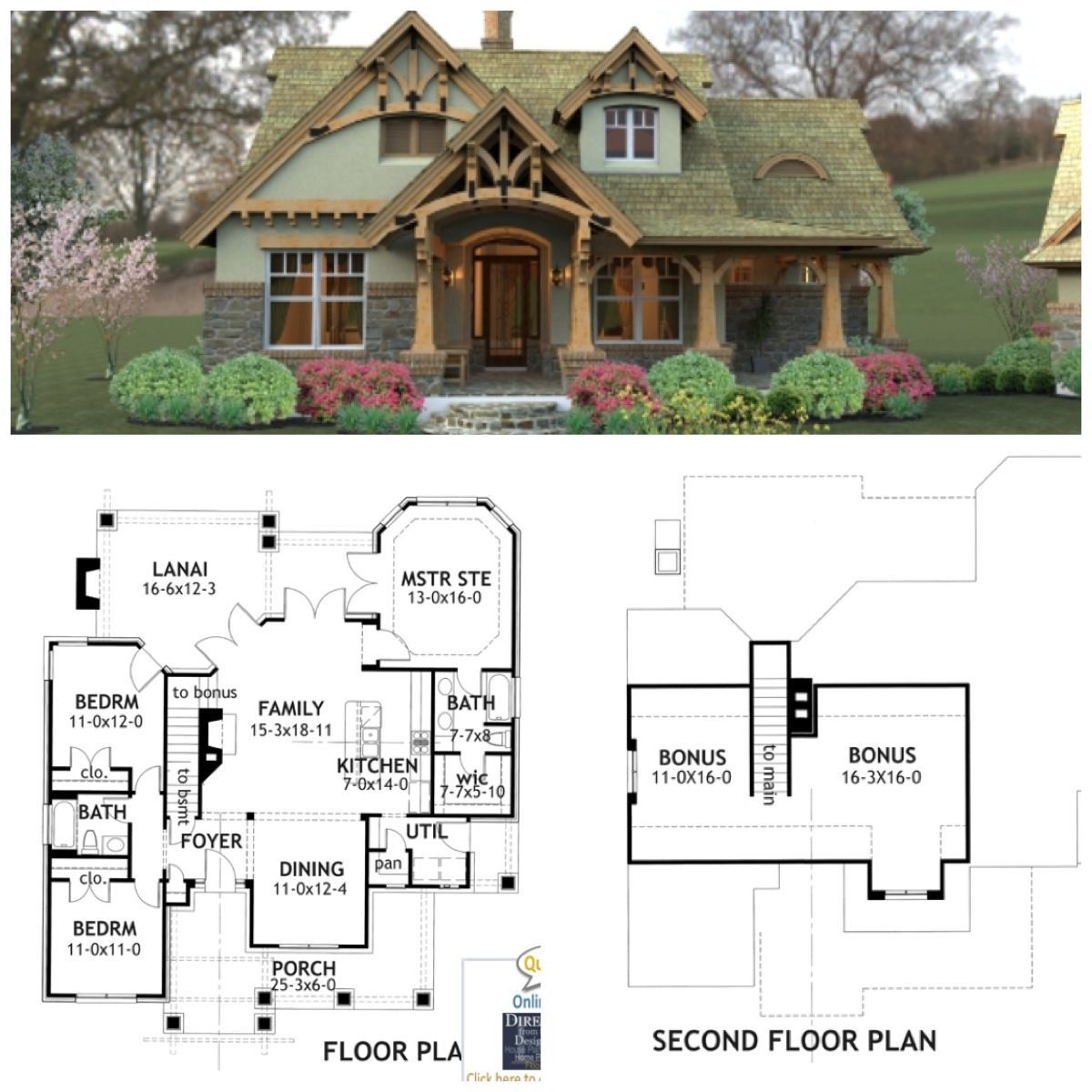
A cozy fireplace is a classic feature of garden cottage house plans that creates a warm and inviting living space. Consider incorporating a stone or brick fireplace with a decorative mantel and surround to enhance the home’s charm and character.
When adding a cozy fireplace, it’s essential to consider the style and materials used. Consider using natural materials like stone or brick, along with a decorative trim and molding to add visual interest. As a personal opinion, I believe that a cozy fireplace is an essential feature of garden cottage house plans that can enhance the home’s warmth and charm.
**8. Incorporating a Sunroom or Greenhouse**
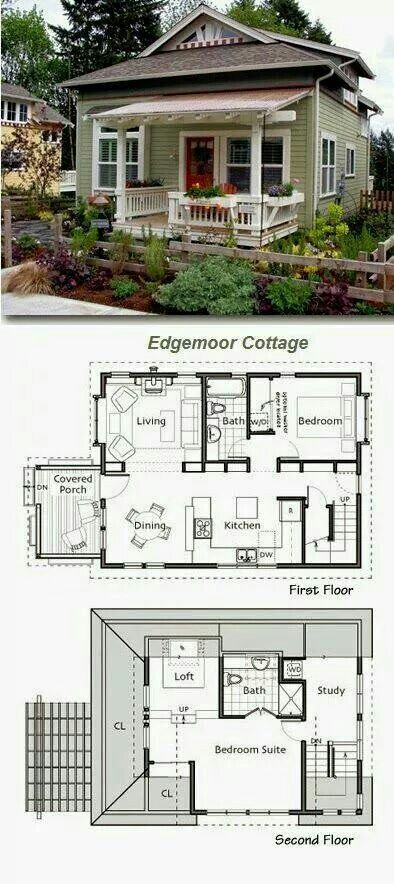
A sunroom or greenhouse is a wonderful feature of garden cottage house plans that creates a seamless transition between indoors and outdoors. Consider incorporating a sunroom or greenhouse with large windows, a vaulted ceiling, and a decorative trim to enhance the home’s natural light and ventilation.
When incorporating a sunroom or greenhouse, it’s essential to consider the style and materials used. Consider using natural materials like wood or glass, along with a decorative trim and molding to add visual interest. As a personal opinion, I believe that a sunroom or greenhouse is an essential feature of garden cottage house plans that can enhance the home’s natural beauty and charm.
**9. Landscaping and Outdoor Spaces**
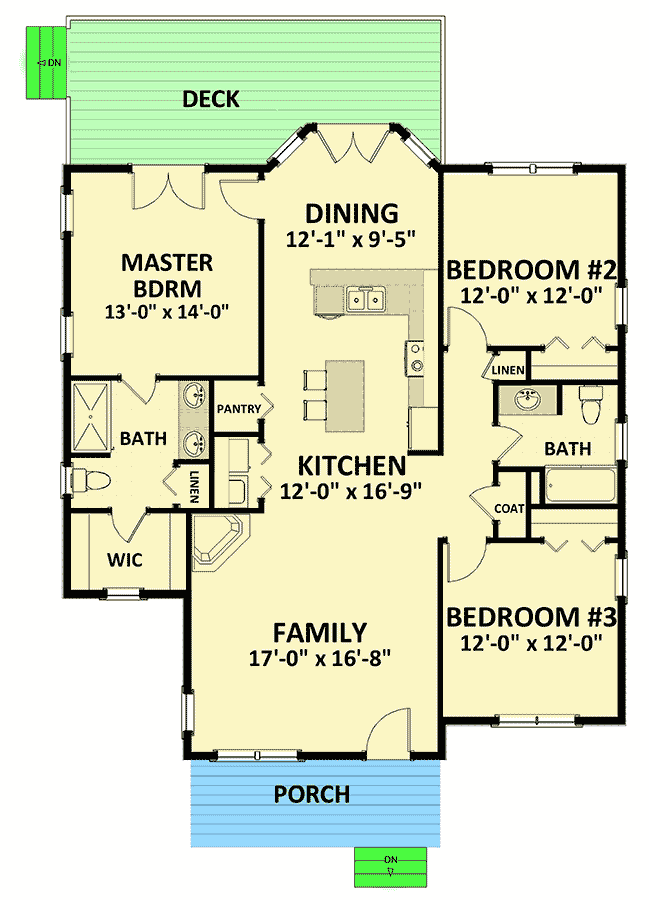
Landscaping and outdoor spaces are essential features of garden cottage house plans that can enhance the home’s natural beauty and charm. Consider incorporating a garden, a patio, or a courtyard with natural materials like stone, brick, or wood to create inviting outdoor spaces.
When landscaping and designing outdoor spaces, it’s essential to consider the home’s natural surroundings and the local climate. Consider incorporating native plants and trees, along with a rainwater harvesting system or a greywater reuse system to enhance the home’s sustainability. As a personal opinion, I believe that landscaping and outdoor spaces are essential features of garden cottage house plans that can enhance the home’s functionality and appeal.

**10. Adding a Touch of Whimsy**
Finally, garden cottage house plans often incorporate a touch of whimsy and personality that sets them apart from other home styles. Consider incorporating unique features like a secret garden, a fairy door, or a decorative bridge to enhance the home’s charm and character.
When adding a touch of whimsy, it’s essential to consider the home’s overall style and aesthetic. Consider incorporating natural materials and colors, along with decorative trims and molding to add visual interest. As a personal opinion, I believe that a touch of whimsy is essential for creating a unique and inviting living space that reflects your personality and style.
